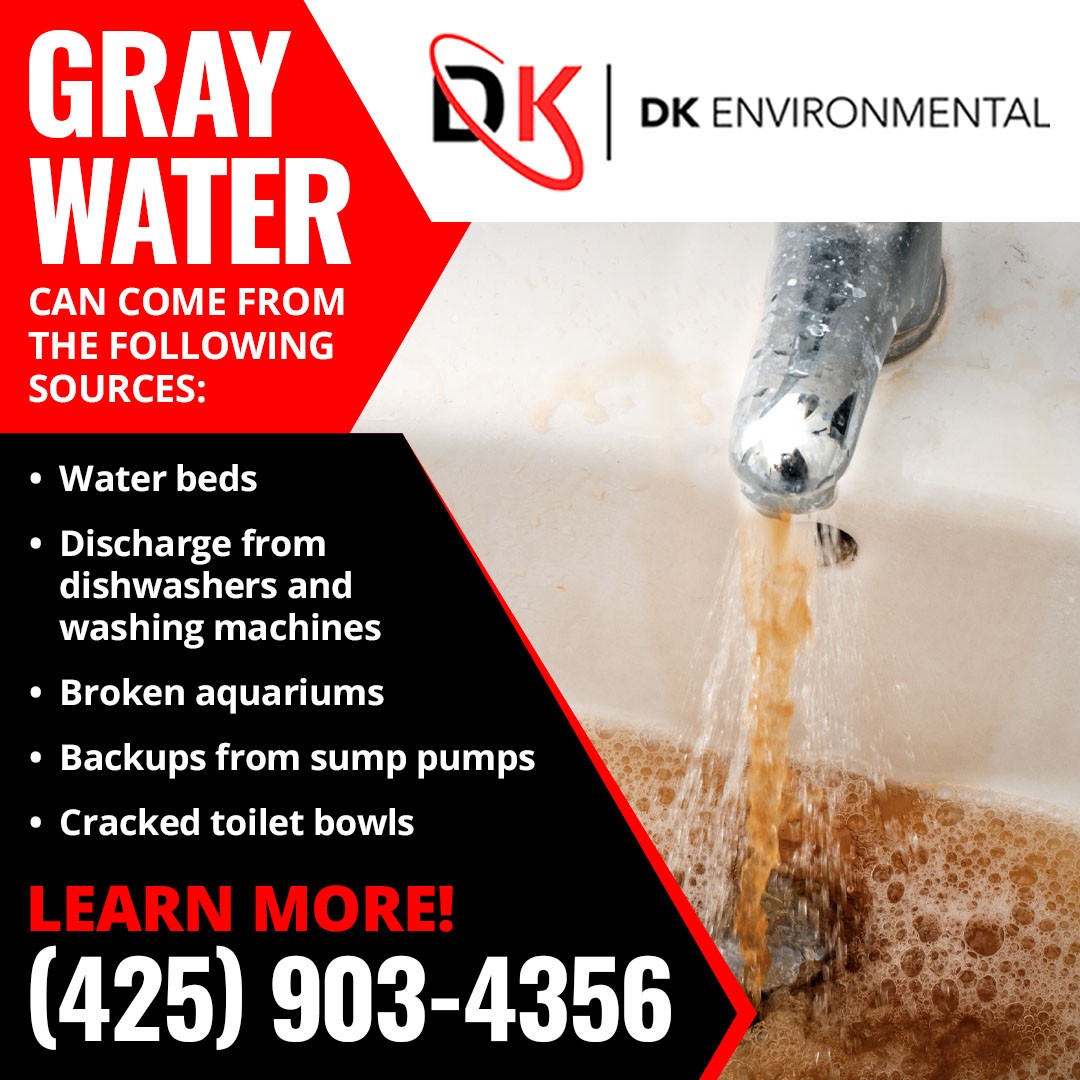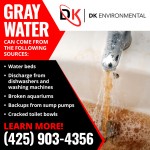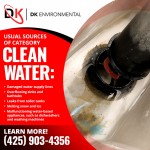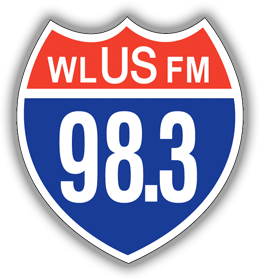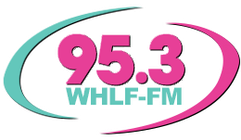Water Damage Categories and Restoration
Experiencing a flood due to a sewage issue, burst pipe, or natural disaster can produce devastating results and stress for a homeowner. Water damage restoration can bring the residence back to its original condition. However, the type of water damage will influence how professionals approach their restoration efforts.
Water damage falls into three categories: category one or ”clean water,” category two or “gray water,” and category three, also called “black water.” Though the moisture from all water types can lead to significant structural issues, the materials in the water are not the same across all categories.

Why Does Water Damage Have Different Categories?
Water damage has multiple categories due to the source of the water and the contaminants it contains. According to the Institute of Inspection Cleaning and Restoration Certification (IICRC), separating water damage types explains the range of contamination in the water.
The categorization makes no distinction between pollutants from water’s source and the contaminants it encounters in a building’s living spaces.
Another reason for the differentiation between water damage types is the ease of water removal and cleanup. Some damage is more complicated to clean than other damage and may require water damage restoration instead of essential flood cleanup services.
Category 1: Clean Water
Category 1 water damage is “clean” or “sanitary” because it contains the fewest contaminants. People and pets are usually not at risk for health issues if they encounter Category 1 water, which is why this variety is the easiest to manage with water damage restoration.
Water from this category often comes from:
- Damaged water supply lines
- Overflowing sinks and bathtubs
- Leaks from toilet tanks
- Melting snow and ice
- Malfunctioning water-based appliances, such as dishwashers and washing machines
Though clean water could have traces of pollutants, it is generally toxin-free. The lack of harmful bacteria and sewage makes Category 1 water is relatively simple to remove and dry out without causing excessive water damage to the property or furnishings.
Category 2: Gray Water
Category 2 water damage refers to incidents involving water with significant contamination. Exposure to Category 2 or “gray water” could cause health issues, but it is not guaranteed. Gray water can come from the following sources:
- Water beds
- Discharge from dishwashers and washing machines
- Broken aquariums
- Backups from sump pumps
- Cracked toilet bowls
Gray water damage restoration usually involves water removal and a room dry-out like a clean water cleanup. Restoration professionals will likely need to remove contaminated carpet padding and disinfect all the water's materials and structures.
Category 3: Black Water
Category 3, or black water, is the worst water damage type due to excessive contamination. The polluted water usually contains harmful agents from:
- Raw sewage
- Seawater
- Water from rivers and streams
- Rain from hurricanes and tropical storms
Because black water contains harmful agents like toxins and pathogens, exposure can cause health issues in people and pets. Category 3 water damage requires prompt water damage restoration from skilled professionals.

DK Environmental Water Damage Restoration
Regardless of the type of water damage, it’s crucial to contact a water damage restoration team to address the problem and restore the property. DK Environmental is a leading property damage restoration company serving West Lake Stephens, WA, and the surrounding areas. The certified and trained technicians are available 24/7.
Schedule service from DK Environmental by calling 425-903-4356 today.
